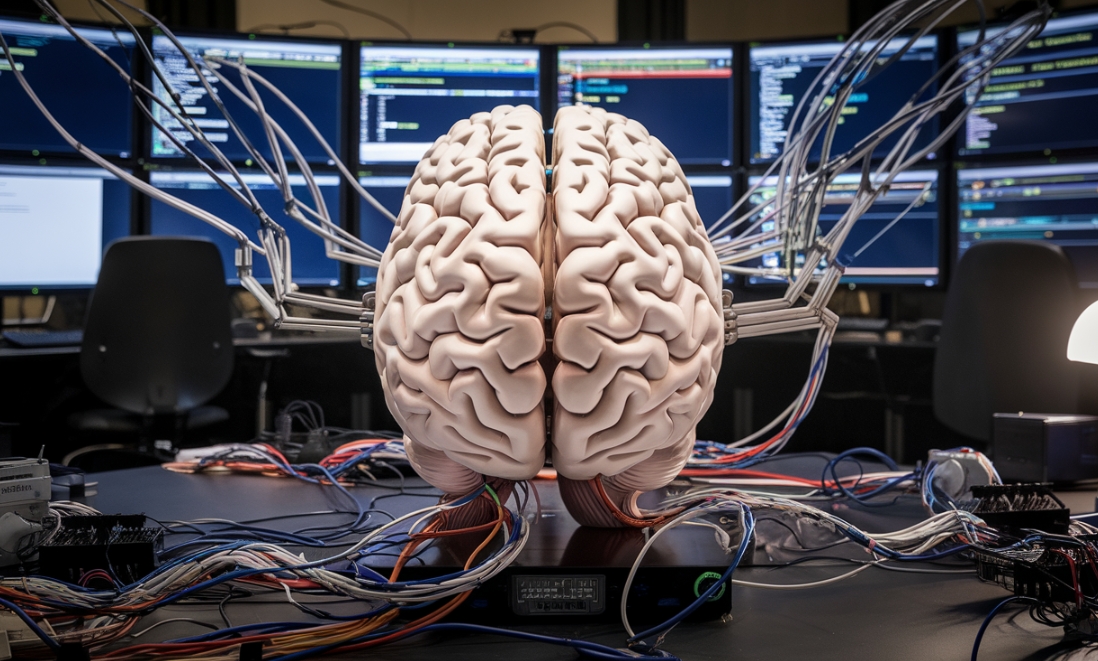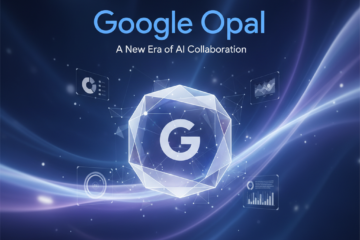Understanding the Memory of Large Language Models

A Deep Dive into Long-Term vs Short-Term Memory in AI
As the field of artificial intelligence (AI) continues to evolve, Large Language Models (LLMs) like OpenAI’s GPT series have emerged as frontrunners in natural language processing, demonstrating unprecedented capabilities in understanding and generating human-like text. A critical aspect of their functionality and versatility lies in their memory mechanisms, specifically how they balance and utilize short-term and long-term memory. This post explores the intricacies of training LLMs, focusing on the distinctions between their long-term and short-term memory functionalities and the implications for AI development.

Training Large Language Models: An Overview
Training LLMs involves feeding vast amounts of text data into neural networks to help them learn the nuances of human language. This process, known as unsupervised learning, allows the models to recognize patterns, idioms, grammar, and even the context within texts without explicit instructions. The core architecture facilitating this learning is the Transformer, introduced in the paper “Attention Is All You Need” by Vaswani et al. in 2017. Transformers use self-attention mechanisms to weigh the importance of different words in a sentence, enabling LLMs to generate coherent and contextually relevant responses.
Long-Term Memory in LLMs
The concept of long-term memory in LLMs is closely associated with their ability to store and leverage knowledge learned during training. This knowledge encompasses a wide range of information, from factual data and language rules to cultural nuances and complex reasoning patterns. Unlike humans, who rely on biological neural networks, LLMs store this information across millions or even billions of parameters within their neural network.
Long-term memory allows LLMs to recall and utilize this information in future tasks, providing a foundation for their understanding and generation capabilities. It’s what enables an AI to write an essay on Shakespeare, explain scientific concepts, or compose poetry. This memory is not explicitly segmented within the model’s architecture; rather, it’s distributed across the entire network, integrated into the weights and biases adjusted during the training process.
Short-Term Memory in LLMs
Short-term memory, on the other hand, pertains to an LLM’s ability to remember and manipulate information within a given task or context. This type of memory is crucial for understanding and generating coherent responses in real-time interactions. In the context of transformers and LLMs, short-term memory is facilitated by mechanisms like the attention mechanism, which allows the model to focus on relevant parts of the input data when making predictions or generating text.
This memory type is temporal and task-specific, enabling the model to keep track of the conversation flow, maintain context over several exchanges, and adjust its outputs based on the immediate input. However, it’s important to note that the capacity for short-term memory in LLMs is limited by the model’s architecture, particularly the length of the input sequences they can process, known as the context window.
Balancing Long-Term and Short-Term Memory in AI
The interplay between long-term and short-term memory is crucial for the effectiveness of LLMs. While long-term memory provides the necessary knowledge base and understanding, short-term memory offers the context and flexibility needed for dynamic interactions. The challenge in training and developing LLMs lies in optimizing both types of memory to enhance performance, adaptability, and contextual relevance.
Advancements in AI research are continuously exploring ways to expand the short-term memory capabilities of LLMs, such as increasing the context window or integrating external memory mechanisms. Similarly, efforts to enrich long-term memory involve refining training datasets and methods to broaden the models’ knowledge and improve their reasoning abilities.
Conclusion
The remarkable capabilities of Large Language Models hinge on their sophisticated handling of long-term and short-term memory. By understanding and improving these aspects, AI researchers and developers can enhance the models’ performance across a broad spectrum of applications, from conversational agents and content generation to complex problem-solving and decision-making. As we continue to unravel the potentials of AI, the evolution of memory mechanisms in LLMs will undoubtedly play a pivotal role in shaping the future of technology and its integration into society.


